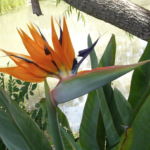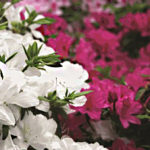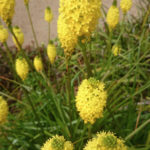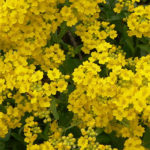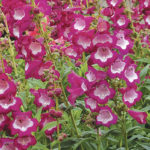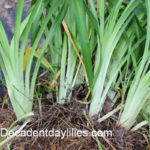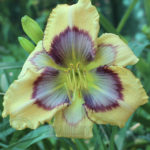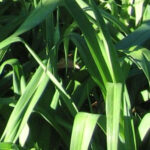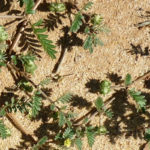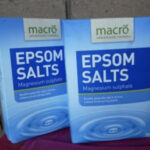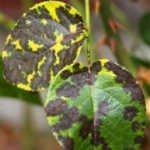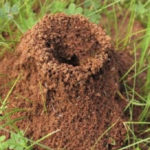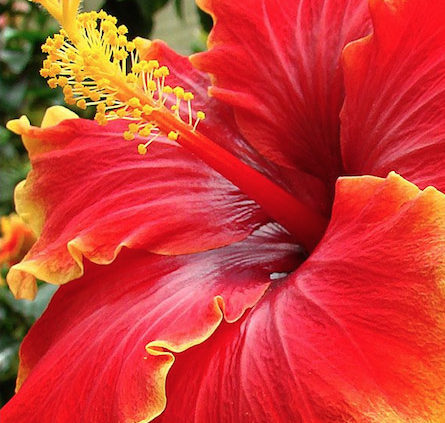
Hibiscus Plants Brighten Your Gardens
Hibiscus Plants – Diseases Care and Information of Hibiscus Plants
 Hibiscus flowers are well known for their bright colours, extravagant petals, shining leaves, and tropical look. Many gardeners love to add this special flower to their yard to give it an extra pop of colour or a feeling of elegance. Many think that the hibiscus plants hails from Hawaii, but there are actually many varieties of this flower worldwide. The hibiscus actually comes from parts of China and India, but it is so widely grown today that its origins stay ambiguous. Hibiscus flowers have lots of uses besides just looking pretty. They can be used in beverages, food, and even made into paper. While all of this is fascinating, it is really only the tip of the iceberg when it comes to this popular plant. To learn more about the hibiscus, whether it is how to grow, prune and overall care for the plant, keep reading.
Hibiscus flowers are well known for their bright colours, extravagant petals, shining leaves, and tropical look. Many gardeners love to add this special flower to their yard to give it an extra pop of colour or a feeling of elegance. Many think that the hibiscus plants hails from Hawaii, but there are actually many varieties of this flower worldwide. The hibiscus actually comes from parts of China and India, but it is so widely grown today that its origins stay ambiguous. Hibiscus flowers have lots of uses besides just looking pretty. They can be used in beverages, food, and even made into paper. While all of this is fascinating, it is really only the tip of the iceberg when it comes to this popular plant. To learn more about the hibiscus, whether it is how to grow, prune and overall care for the plant, keep reading.
Growing Hibiscus Plant Varieties
The first thing to consider when growing hibiscus is the proper climate. Hibiscus flowers of the evergreen variety thrive in tropical to warm temperature climates while deciduous types can grow in cool temperatures and frigid climates as well. Hibiscus varieties really flourish in areas like Australia where the flower is popular and often grown. Varieties in Australia include the pink Hibiscus ‘Apple Blossom’, the cream coloured Hibiscus ‘Snow Queen’ and the red Hibiscus ‘Ormiston’.
Planting Hibiscus Plants
When planting this bloom, you’ll want to space the plants 3 to 6 feet apart and in full sunlight. Hibiscus care includes planting this flower in the proper soil. Well-drained and slightly acidic soil is the best for your hibiscus shrub. Prepare a hole that is as deep as the root ball and twice as wide for optimal growth. Once in the ground, your hibiscus will require at least one inch of water each week (think of one inch of rain). Your hibiscus plants thrives when it is constantly moist, but do not overwater it. Feed the plant with fertiliser with trace elements that are high phosphorus, iron and magnesium, this can be fish emulsion this encourages large and colourful blooms.
Why is my Hibiscus Leaves Turning Yellow?
If the leaves of your hibiscus plants are yellowing, it may be caused by a few different reasons. For one, you may not be giving the plant enough water or you could be watering the plant too much, which will result in the plant being stressed producing pale yellow, dried out leaves. Over watering the plant, can cause the roots to drown and as a result, the hibiscus plant will have drooping leaves. Disease or disorder can also contribute to yellow leaves on a hibiscus shrub. Normally improper watering is a result of hibiscus losing its leaves a few yellow leaves is nothing to worry about. Hibiscus need a proper amount of water to bloom and flourish, only water when is needed.
Hibiscus Beetle Protect your hibiscus from the hibiscus flower beetle. The hibiscus beetle burrows through the flower buds and leaves that result in large, gaping holes in your beautiful blooms. Systemic insecticide is the best way to combat this problem.
Poor drainage can result in bud drop.
Hibiscus Pruning
Hibiscus pruning is incredibly important if you want your blooms to flourish in your garden. Pruning your hibiscus plants usually takes place in the late summer, preferably March. Some hibiscus types, usually deciduous varieties, should be pruned in winter. During this time you should focus on pruning near and above the bud to remove dead or dying branches and leaves. Prune off up to one-third of the plant to promote new growth. Mulch is great it will help to maintain an even ground temperature, in turn, will go a long way in preventing root rot.
Why is my Hibiscus Leaves Curling Up – Diseases of Hibiscus Plants
Hibiscus diseases include fungal diseases like leaf spots and sooty mould, which can attract more pests. Viral diseases and physiological disorders can also plague your hibiscus. When a hibiscus shrub has a viral disease, it could result in deformed or cupped leaves with mottled patterns. There is currently no treatment or cure for viral diseases, while physiological disorders can be fixed by changing your growing conditions of
- not over fertilising
- deficiency of trace elements
- too much or not enough watering
- soil too either too acid or too alkaline
- planted in too hot or too shady part of the garden.
The hibiscus plants is a beautiful flower that can brighten your garden. This delicate bloom needs proper care to flourish and thrive, so do your research and give this flower the best care it so desperately needs.




